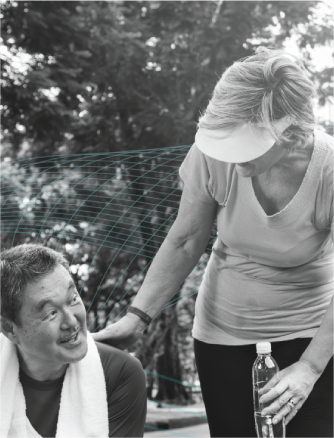The Human Voice as a User Interface
Healthcare rules-based systems with an integrated voice-activated interface could facilitate a more natural and interactive patient-consumer experience. Healthtap’s Doctor AI, which was built as a skill app on Amazon’s Alexa, is one example. When a patient asks Alexa what a possible symptom could indicate, Healthtap’s artificial intelligence analyzes data from the patient’s medical records to suggest possible causes, and then conveys the information to the patient in a conversational way. The app also routes the patient through one of several recommended pathways, such as scheduling an in-person office visit with a specialist. Voice-activated applications can help ensure that high-quality and early-intervention healthcare is immediately available for people who cannot easily use their hands or eyes, or who are otherwise frail and/or disabled.
Diagnosing Diseases with Voice Analysis
In the future, medical wearables may be used to record short speech samples and analyze them for disease biomarkers. The Mayo Clinic, for instance, has partnered with an Israeli company to test the voices of patients with coronary artery disease. Their research has found that one of the vocal features analyzed was associated with a 19-fold increase in the likelihood of coronary artery disease. This research could eventually translate to a vocal test app or medical wearable that would be used as a low-cost, predictive screening tool to help identify patients most at risk for chronic disease.
Read the entire article here. Waqaas’ article is available on Medical Product Outsourcing. Medical Product Outsourcing the only global magazine dedicated to the growing trend of medical device outsource manufacturing.






